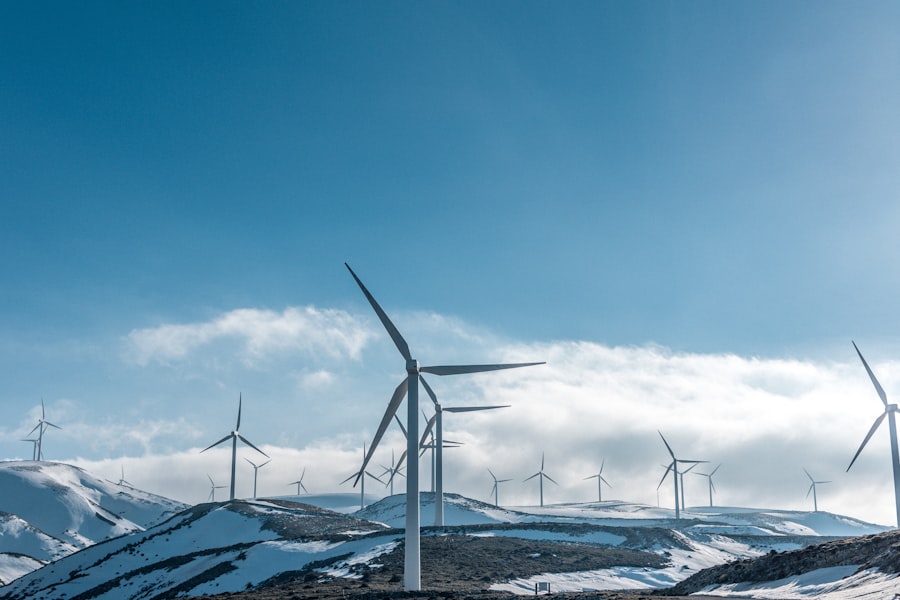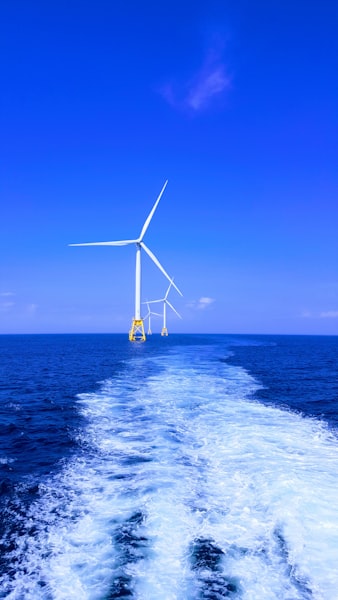
H2Med: A Green Corridor Connecting the Iberian Peninsula to France
The Prime Minister of Spain, Pedro Sánchez, met with the President of France, Emmanuel Macron, and the Prime Minister of Portugal, António Costa, in Alicante to present the details of an energy interconnection project known as H2Med. This project is set to be the first great green corridor capable of connecting the Iberian Peninsula with the French city of Marseille and is expected to be operational by 2030. The project will have two parts: one from Portugal to Spain from Celorico da Beira to Zamora and another from Spain to France through the Mediterranean from Barcelona to Marseille. It will be eligible for European funding instruments such as the Connecting Europe Facility and is expected to transport 10% of the EU’s hydrogen consumption by 2030.
The Benefits of H2Med for Energy Efficiency
H2Med is a revolutionary technology that has been developed to help reduce energy consumption. It works by using hydrogen as an energy source, which can be produced from renewable sources such as wind and solar. This means that it can provide clean, renewable energy without the need for fossil fuels. Studies have shown that H2Med can reduce energy consumption by up to 50%, while also reducing emissions by up to 40%. Additionally, it has been estimated that H2Med could save up to $1 trillion in global energy costs over the next decade. As a result, this technology is becoming increasingly popular among businesses and households alike who are looking for ways to reduce their environmental impact and save money on their energy bills.You might also like this article: Potsdam: Anstieg der Baugenehmigungen, aber angespannter Wohnungsmarkt. Picture source: Federico Beccari






